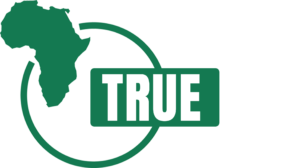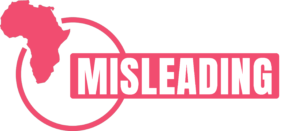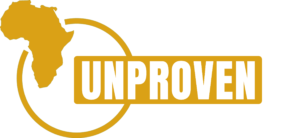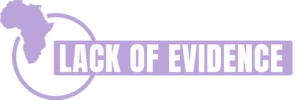Our team constantly scans the information ecosystem — from social media to traditional media platforms — for viral, controversial, or potentially harmful claims. We also welcome suugestions from the public and partners. A claim is selected for verification based on:
We do not verify personal opinions or speculative forecasts. However, where confusion arises, we may publish explanatory articles to provide clarity.
Once a claim is selected, it is assigned to a trained researcher or fact-checker. Our investigation process includes:
We ask key questions like:
Over time, we have changed our ratings to better reflect the realities of fact-checking. Currently, most of our fact-checks will be tagged:

✅ True
The claim is factually accurate and confirmed by credible sources. No significant evidence contradicts it, and the context is not misleading.

❌ False
The claim is factually incorrect. Reliable evidence disproves it, and no credible sources support the statement or event being claimed.

⚠️ Misleading
The claim uses facts selectively, omits context, or frames information in a way that creates a false or exaggerated impression of the issue.

❓ Unproven
The claim lacks sufficient verifiable evidence at the time of assessment. It may be plausible but cannot be confirmed or debunked with current facts.

🟡 Partly True
The claim includes some accurate information, but it is either incomplete, exaggerated, or lacks critical context that changes the overall meaning.

🔴 Partly False
While the claim may contain elements of truth, significant details are incorrect, misrepresented, or taken out of context, leading to a misleading impression.

⚪ Lack of Evidence
There is currently no sufficient or verifiable evidence to support the claim. It remains unproven or speculative based on the available data.
Our reports aim for clarity, transparency, and context. Each published verification explains:
Our reports avoid technical jargon and are written in a tone accessible to everyday readers across Africa and beyond.
Before publishing, each fact-check is reviewed by two editors to ensure:
If necessary, we consult external experts for complex issues, particularly in health, science, or law.
We publish fact-checks across our website, social media channels, and partner platforms. If an error is found, we promptly update the article and transparently note the correction, including the date and nature of the change.
We also welcome community feedback and tip-offs.
At News Verifier Africa, we are committed to getting the facts right. If you spot an error or believe a claim was rated inaccurately, please read our Correction Policy to learn how we address and update our content.
Submit a claim here.

News Verifier Africa is a fact-checking organisation committed to promoting truth and accuracy across the African continent. We combat misinformation by verifying claims, debunking falsehoods, and upholding journalistic integrity. Our mission is to foster transparency, accountability, and informed decision-making in media.